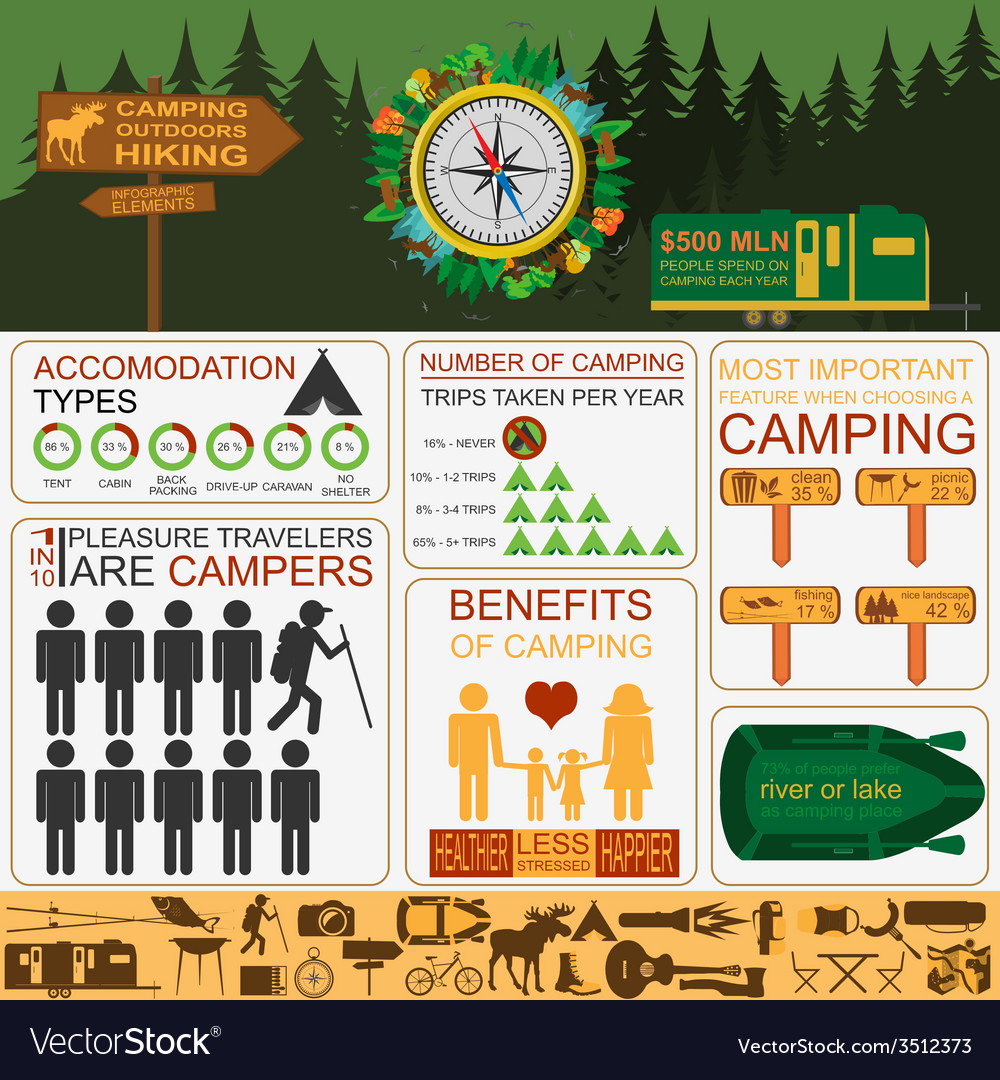If you're considering taking on the obstacle of winter outdoor camping, you require the appropriate gear to stay cozy and comfortable. In addition to premium four-season tents like canvas wall surface tents from Sheltent, there are a few various other points you can do to protect your camp.
Protecting your outdoor tents minimizes quick temperature loss and avoids hypothermia. Right here are 7 efficient methods to do it:
Floor Insulation
The flooring of a camping tent can quickly become chilly and awkward, particularly in winter. You can secure yourself from this by laying a thick layer of protected foam or resting pads on the ground. These are very lightweight and occupy extremely little space, so they can conveniently be crammed in your camping bag.
An additional good concept for a tent floor is to use reflective mylar sheets, which will mirror body heat back inside the camping tent. But know that these sheets do not quit your body from losing heat with straight contact with the chilly ground.
A tarpaulin additionally offers a good degree of insulation for the tent floor. Nonetheless, if you utilize one, make certain that it is not extending past the sides of your outdoor tents to ensure that rainfall and snow do not pool underneath your camping tent. Additionally, beware not to overseal your tent, as this can trigger excessive moisture and condensation that can be tough to manage.
Wall Insulation
When an outdoor tents is shielded, it's much easier for the passengers to maintain heat. This helps with comfort, decreases the opportunity of cold air intrusion, and stops condensation and mold and mildew.
Outdoor tents insulation can assist an outdoor camping journey go smoothly by maintaining a warm atmosphere for rest and tasks. It also safeguards versus rapid body heat loss, which causes discomfort and potential health risks, such as hypothermia.
A tent can be shielded by including a number of different materials to it. Several of these work in minimizing conductive warm transfer, and consist of fiberglass insulation and cellulose insulation.
Several of these techniques are a lot more useful than others, but any kind of can considerably boost the convenience of your camping experience. As an example, laying a synthetic carpet on the floor of your outdoor tents or using a home heating carpeting can be a very easy method to protect it versus the cool ground. Conversely, you can use a sheathing and insulation panel (SIP) made from foam board and oriented strand board.
Roofing system Insulation
Invest in a four-season camping tent designed to stand up to snow, ice and freezing wind. They'll stand up to heat transfer and keep cold air out better than conventional outdoors tents.
Discover a location to pitch your tent where there are all-natural obstacles to the wind, such as trees or shrubs. Alternatively, develop a windbreak wall surface tent accessories making use of rocks or even snow, leaving ventilation spaces.
Utilize a reflective lining in your camping tent to show the sun's rays far from the camping tent, reducing the amount of warm it takes in. This straightforward method will make a massive distinction in your camping tent's comfort.
Think about a selection of insulation materials, from affordable blanket insulation to foam spray and SIPs. Each has its very own advantages, but aspects like spending plan restrictions, ease of setup, and wetness resistance ought to all be weighed meticulously. Insulation specialists can assist you evaluate your options and choose the best suitable for your job.
Impact
The flooring of your tent can obtain chilly and wet, so protecting it is very important. There are a variety of ways to do this, including utilizing tent impacts and heating mats. Footprints are vital camping accessories that protect the flooring of your tent from moisture damages and abrasion, significantly prolonging its lifespan and boosting your total camping experience.
Outdoor tents impacts vary from ground tarpaulins in that they're particularly customized to a specific tent design, featuring accessory factors or grommets that straighten with outdoor tents edges and risks for safe and secure attachment. They're likewise usually made from long lasting products such as polyethylene (PE), nylon, silnylon, or Dyneema for long-lasting use and optimum defense.
When picking a tent impact, pick one that carefully matches your camping tent's dimensions and is sized somewhat smaller sized to prevent water from merging underneath the tent when it rainfalls. When staking down your outdoor tents, tuck any type of excess impact product under the camping tent to avoid dampness from getting in through the gap.
